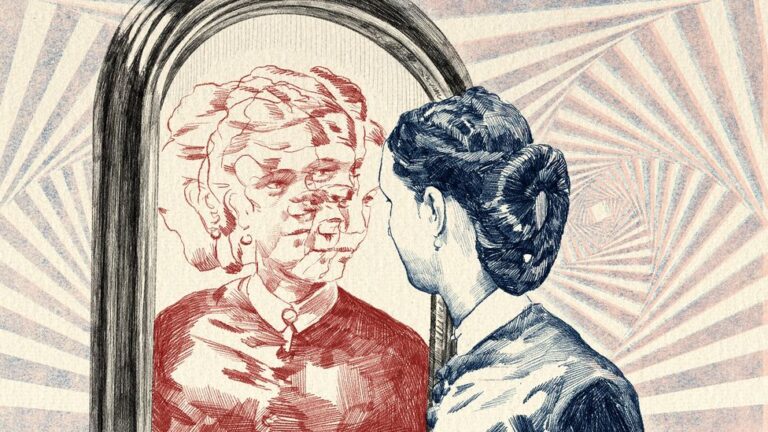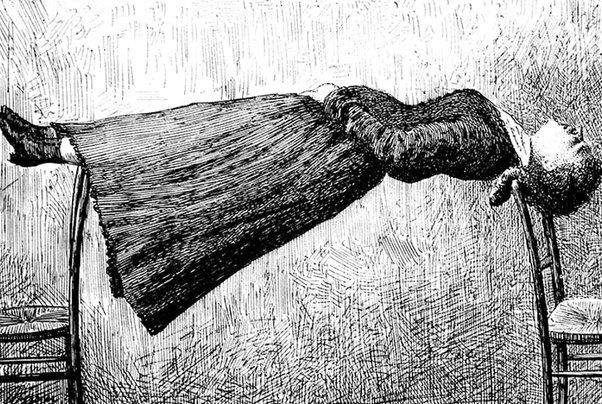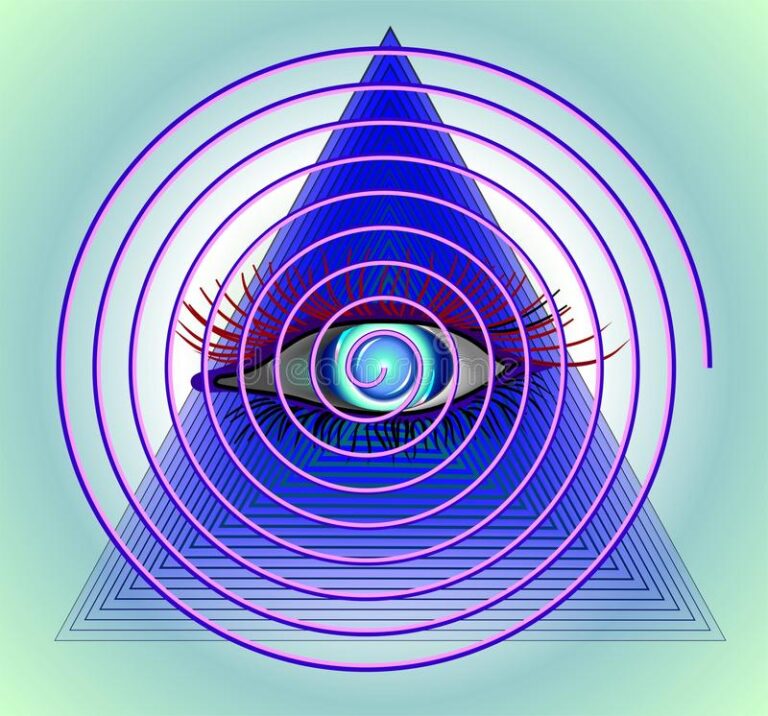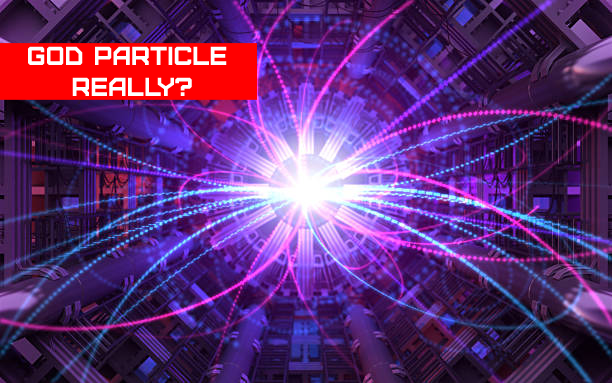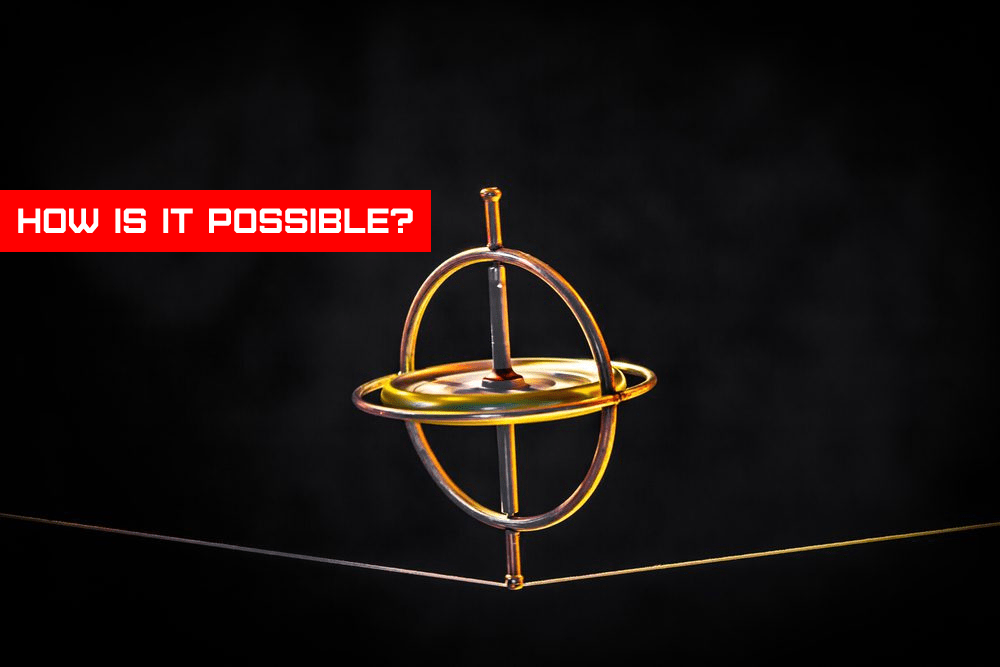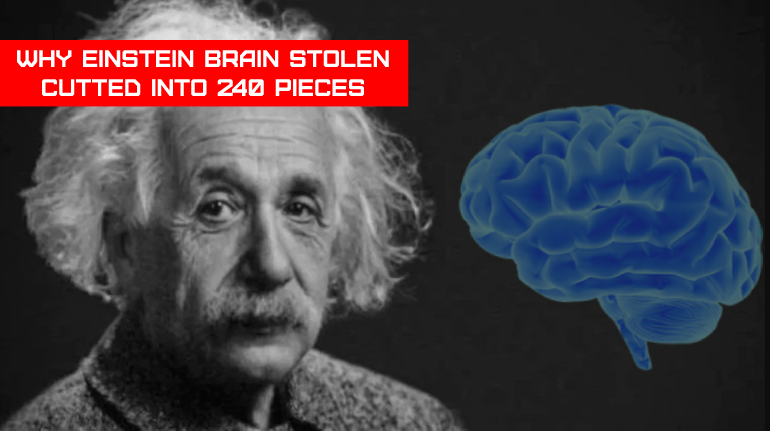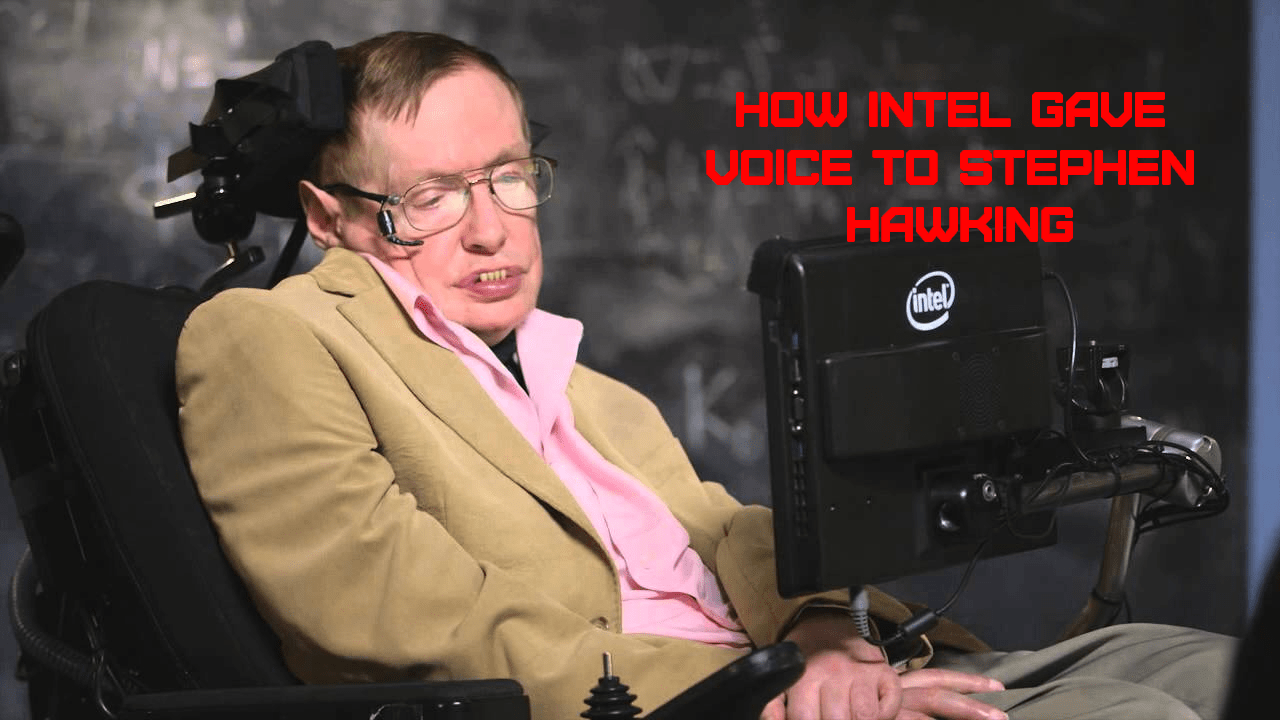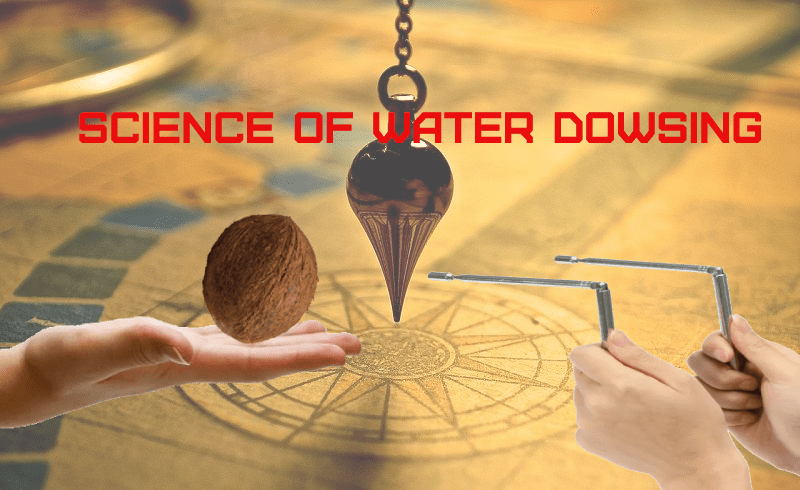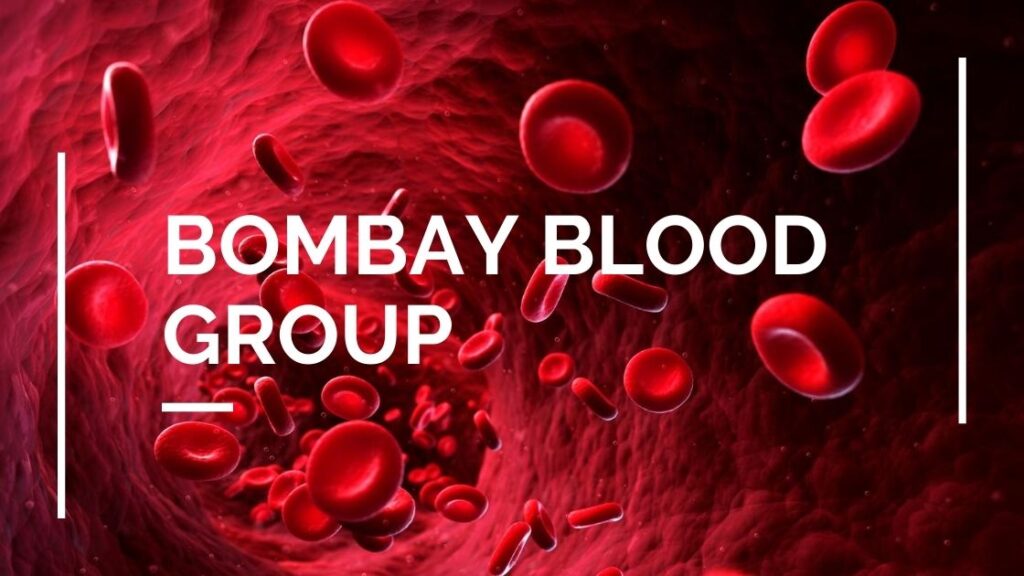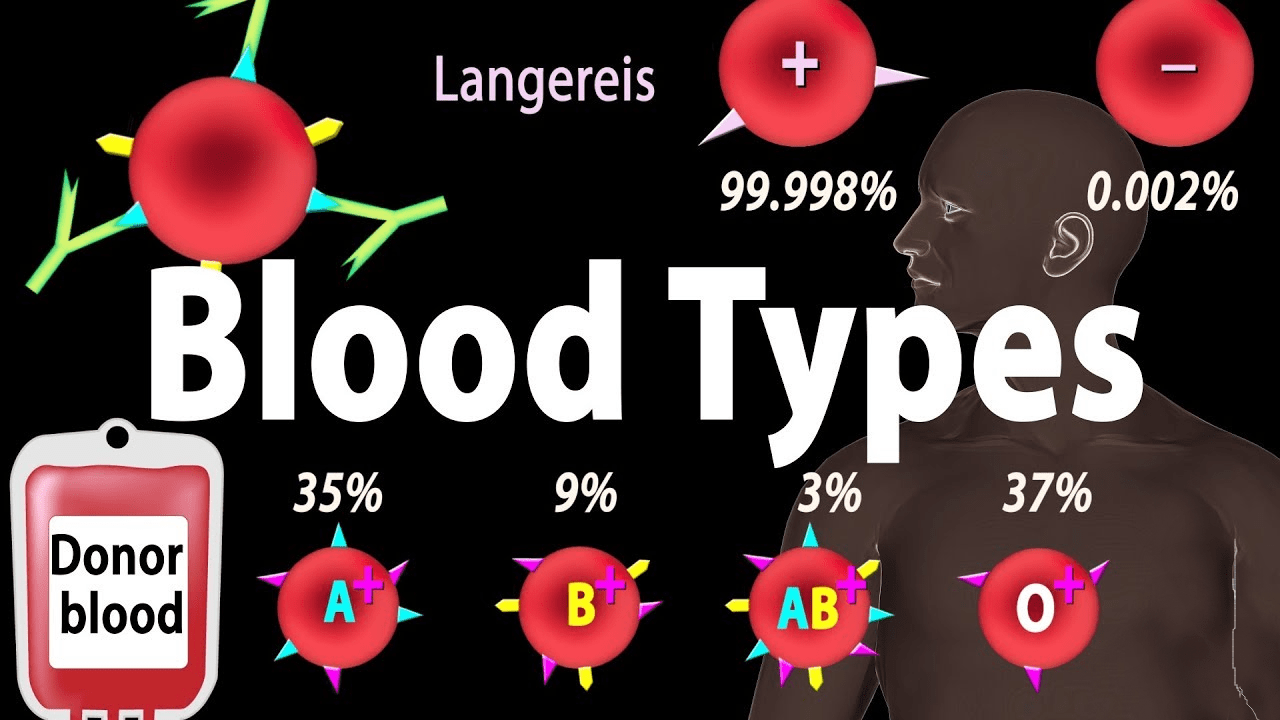Mesmerism and hypnotism are two techniques practitioners utilise to induce a trance-like condition in a subject. Psychologists utilise this to help individuals suffering from a variety of psychological problems.
What is Mesmerism?
Mesmerism is a sort of hypnosis invented by Franz Mesmer, a German doctor in the 18th century. Mesmerism is often referred to as animal magnetism. A magnetizer is someone who practises mesmerism. Although mesmerism was not acknowledged as a scientific technique, it sparked a lot of attention, especially in the nineteenth century. It is even thought to be an early kind of hypnosis.
Mesmerism induces a profound trace-like state in the subject and can be utilised to treat a variety of psycho-somatic disorders. According to research, it can also be utilised to treat illnesses including arthritis. A transfer of energy occurs between the patient and the magnetizer during mesmerism.
This enables the magnetizer to utilise the energy to heal the individual from whatever ailment he is experiencing. Words do not play an important part in mesmerism. The magnetizer, on the other hand, employs passes to effect change. This enables him to use the energy.
Is Mesmerism Real?
In essence, yes, mesmerism is/was genuine; it was simply misinterpreted. Mesmer believed in a universal force that existed in all living organisms, including plants, and that he could activate/influence it with magnets. Magnets are still utilised for healing today, for example, to relieve painful joints and possibly nore?
Mesmer, like Braid, was closer than he realised; he simply lacked the investigative abilities and procedures that we have today to show it. The fact that the brain emits electrical currents has been extensively researched and understood; the brain even has its own electrical insulation. Many cells’ axons transmit electrical currents as part of the transmission process.
Myelin, a material generated by oligodendrocytes and glial cells, creates a sheath around the axon to reduce current leakage and increase efficiency. Small gaps, known as nodes of Ranvier, run the length of the myelin sheath, increasing the speed of electrical transmission. In terms of Mesmerism, the electrical voltage and chemical transmission (neurotransmitters/peptides/hormones/enzymes, for example) are the forces to which Mesmer alluded.
What is Hypnotism?
Hypnosis is fundamentally dealing with the same events, and what we term mind (conscious/subconscious) is simply the visible way (albeit not a true structure) by which we connect with the brain, mostly auditorily. Any change brought about by hypnosis or anything else must include a change in some portion of the brain.
However, I believe, and my study supports this, that particular brainwave states are required for hypnosis-therapy to take place. What complicates matters, in my opinion, is that the brain is capable of changing in a variety of methods, such as prayer, NLP, counselling, and even willpower. This is done both intentionally and subconsciously.
These changes, whatever they occur, are later reinforced in brain states similar to what we call hypnosis! Using a technique known as sleep dependent memory consolidation!
Example of Hypnotism
When we actively learn something, such as that 2 × 2 = 4 or 12 x 24 = 288, the new information is consolidated into long term memory while we sleep. In the same way, old established memories are modified or updated (reconsolidation).
So, while we believe we are learning something new, it is largely only retained in working memory until the sleep-dependent process of consolidation happens.
Is Hypnotism Real?
An exception to this might be the activation of our defence mechanism (fight or flight), which appears to encode things significantly faster, resulting in a two for the price of one impact!
Things with a high emotional content, then, receive considerably stronger, more persistent, and more effective processing, and involve various memory systems encompassing a lot larger portion of our brain. As a result, emotional illnesses are sometimes more difficult to cure!
What’s the Difference Between Mesmerism and Hypnotism?
Mesmerism and hypnosis are two distinct names for the same phenomenon, but they did not have the advantage of scientific data/research that is currently accessible.
This is similar to the proverb “an apple a day keeps the doctor away.” That dates back to the mid-nineteenth century as well, and science has now contributed to the body of information that lends credence to the saying!
What they achieved back then was impressive because they were operating in the dark; they knew something but lacked actual proof to show it!
